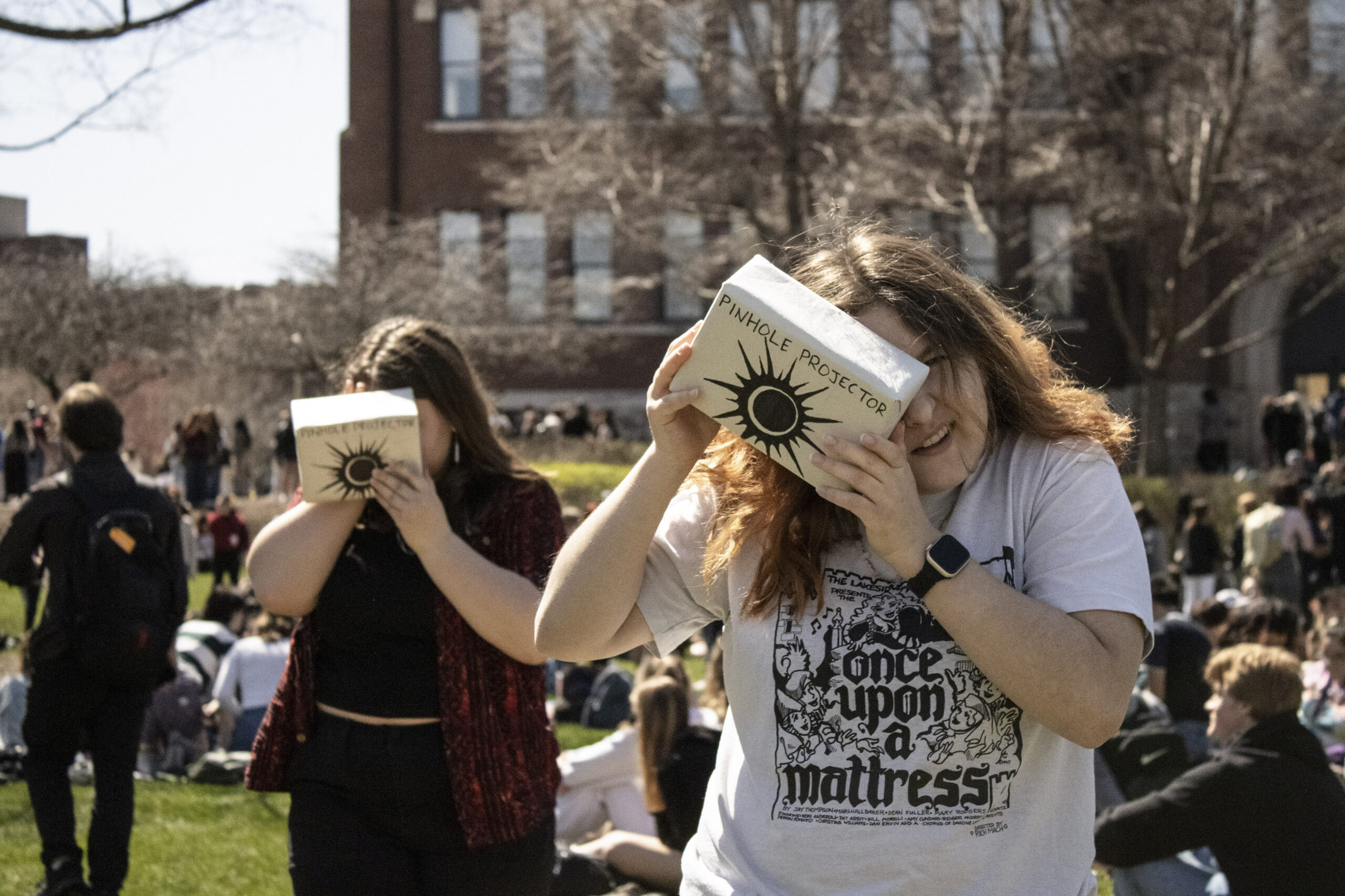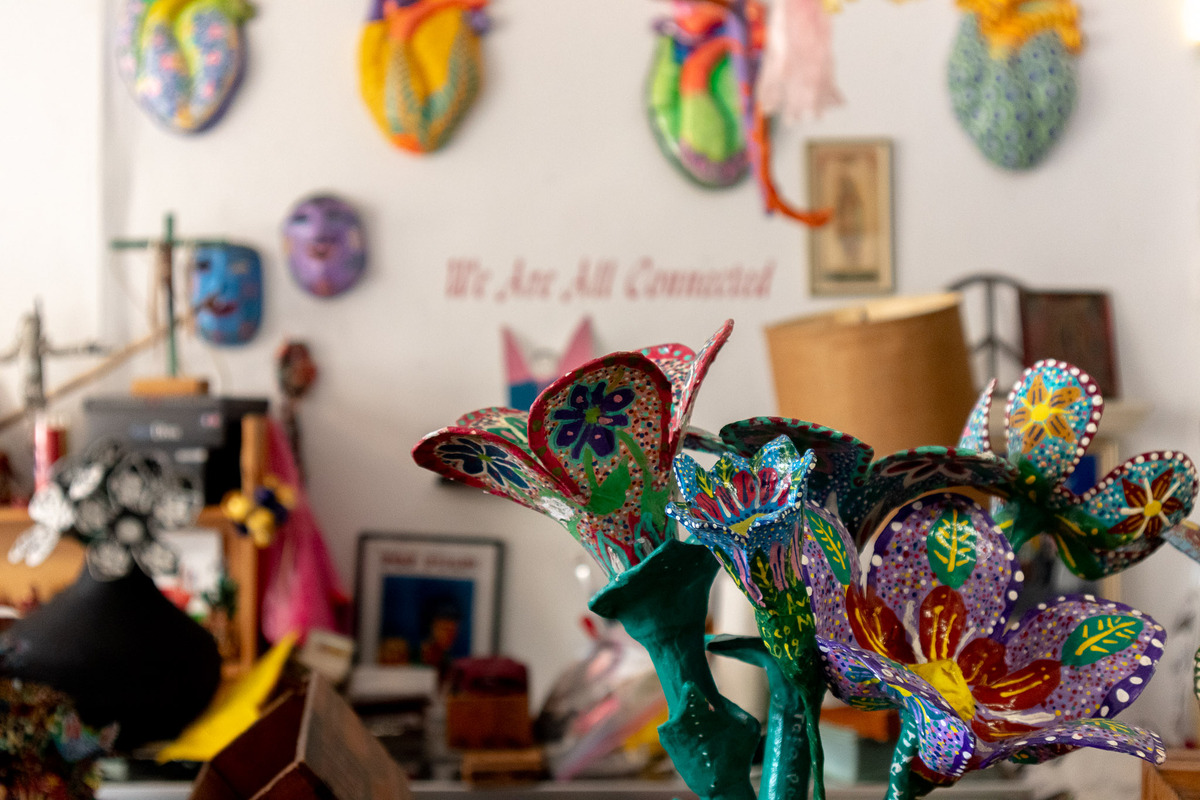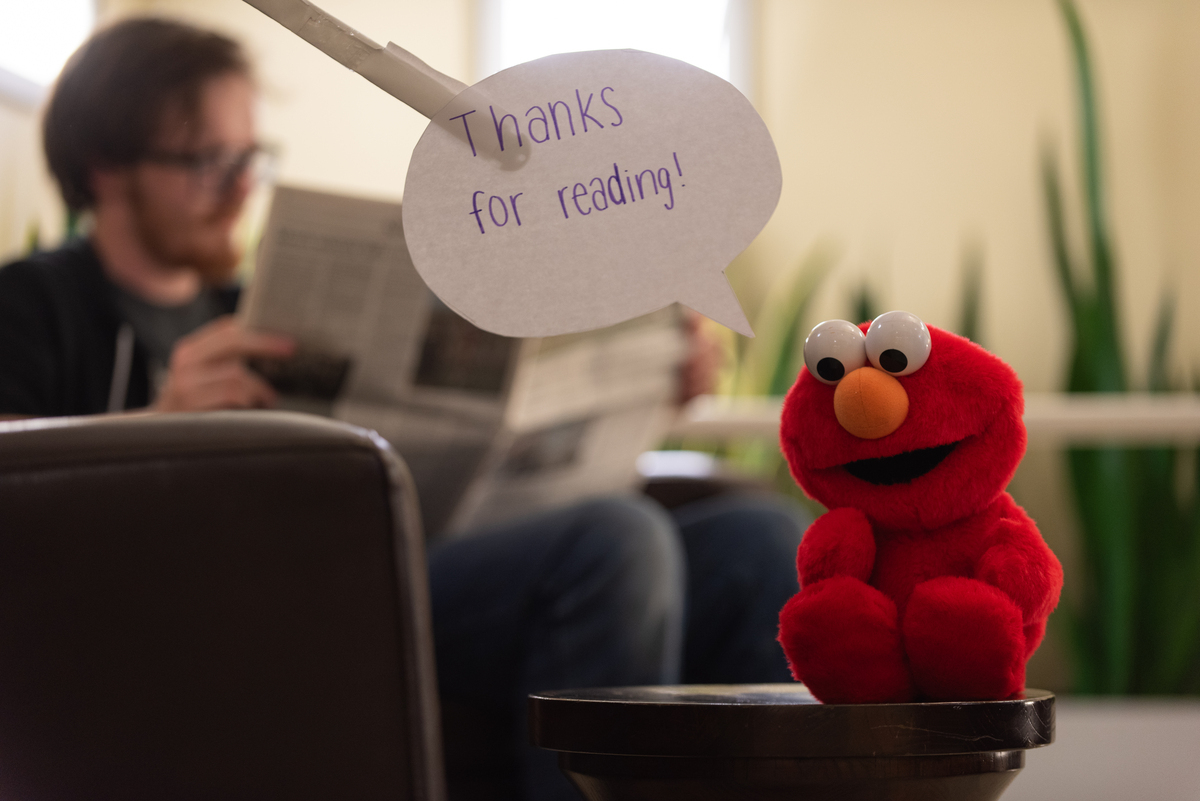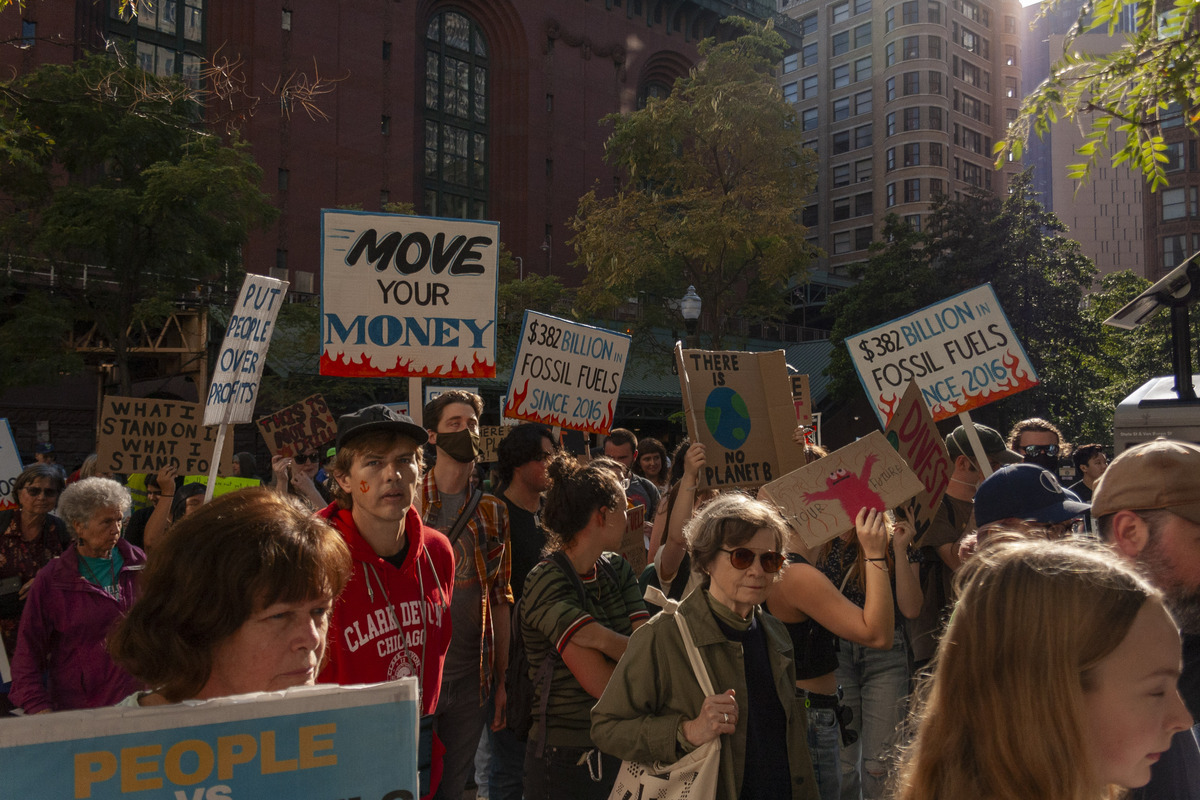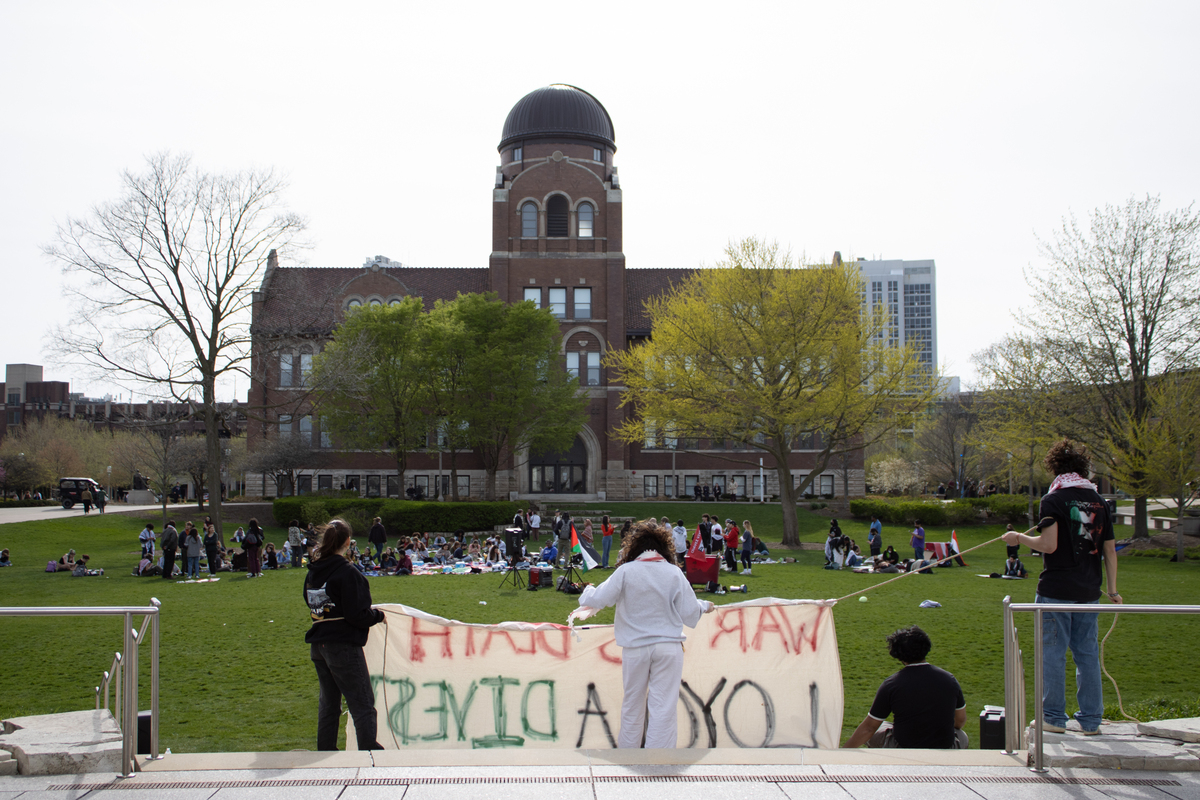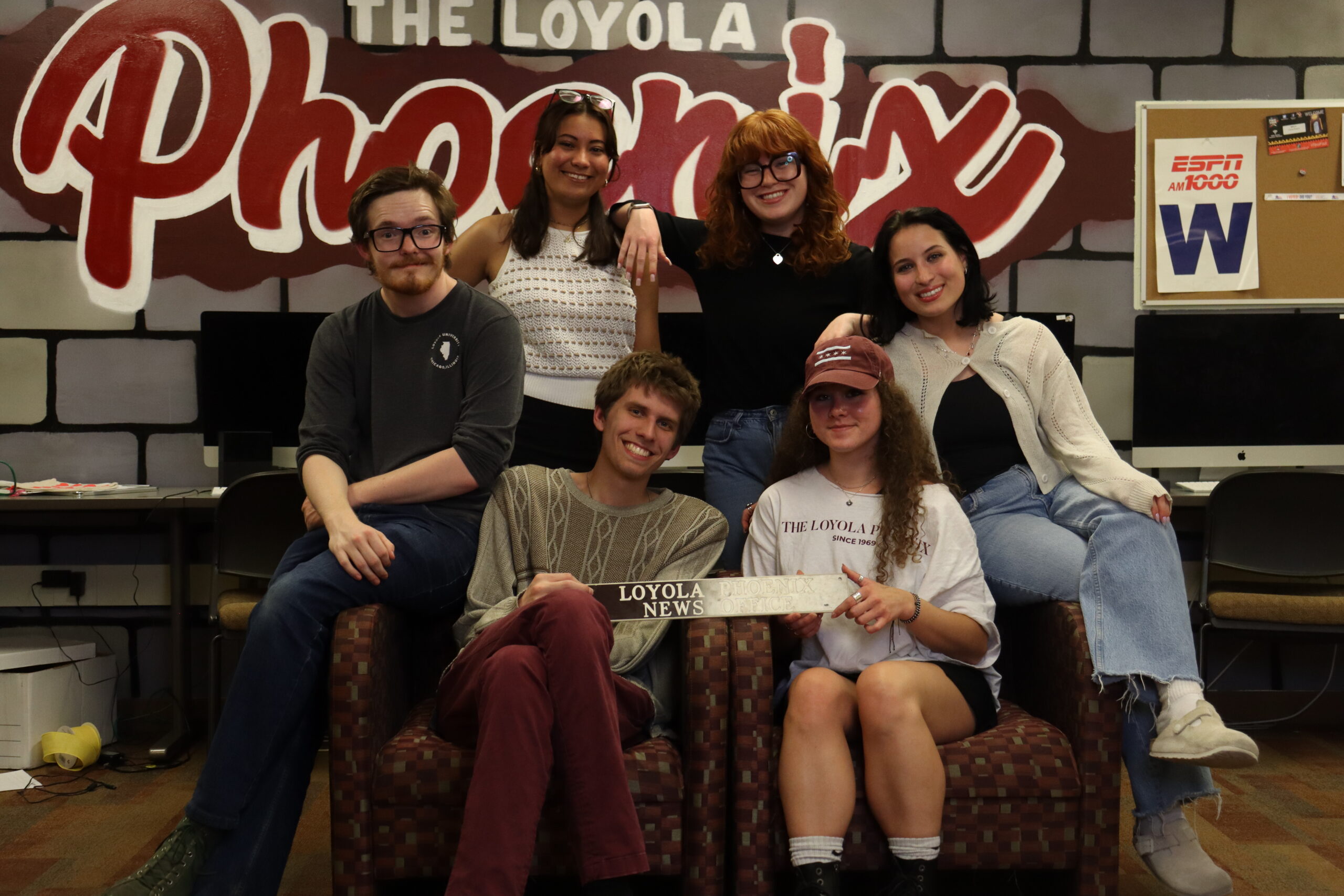For over 40 years, Chicago’s Pilsen neighborhood has celebrated Día de los Muertos through vibrant art, delicious food and assorted ofrendas.
‘The Privilege of Movement:’ Cross-Cultural Perspectives on Día de los Muertos
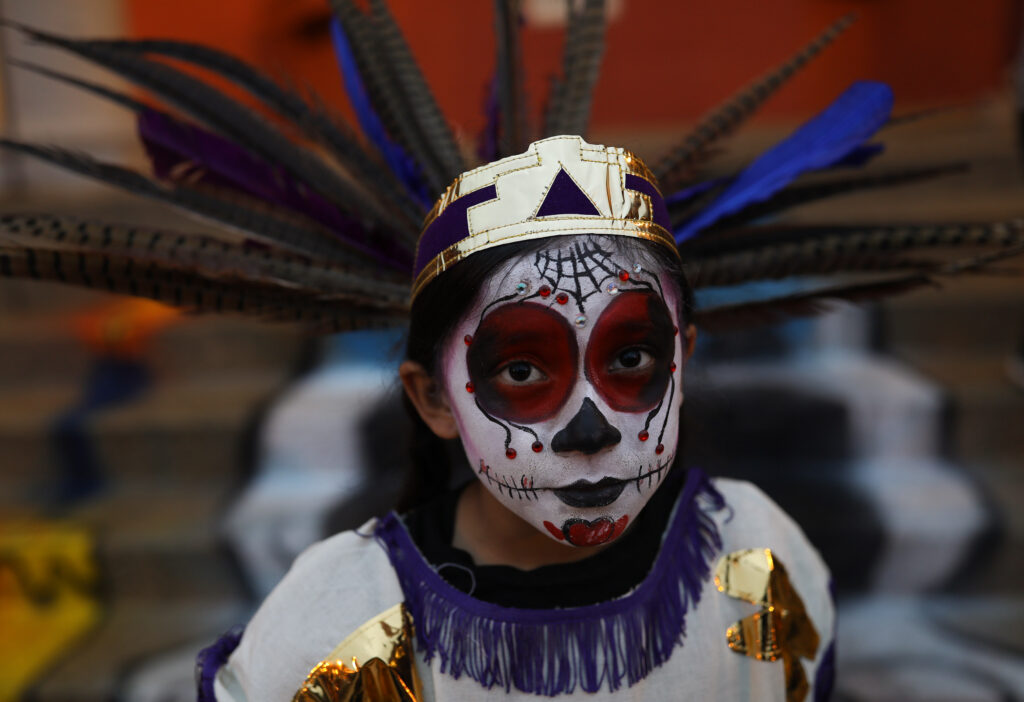
For over 40 years, Chicago’s Pilsen neighborhood has celebrated Día de los Muertos through vibrant art, delicious food and assorted ofrendas. However, for many of Loyola’s professors, sugar skulls and sweet bread are not the only way to honor the holiday.
Diverse celebratory interpretations are an essential aspect of Día de los Muertos for womens and gender studies and modern languages and literatures professor Héctor Garcia-Chávez. He said Día de los Muertos celebrations vary greatly between countries, Mexican states, individual households and different generations.
“It’s an adaptation, it’s syncretic,” Garcia-Chávez said. “It’s a different way of approaching the passing, the death of a family member or friend.”
David Beltrán, lecturer of Spanish language and literature, said this adaptability is essential to his understanding of Día de los Muertos, having sporadically moved between Chicago and Incarnacion de Diaz — a small town in Jalisco. Claiming both Chicago and Mexico as his home, Beltrán said his childhood was defined by “the privilege of movement.”
“There was never an issue of belonging, so I lucked out,” Beltrán said. “I’m from Chicago, I’m from Mexico, I’m a commuter.”
Beltrán said his personal relationship to Día de los Muertos is rooted in the power of remembrance. He said pictures on the ofrenda — or altar — “confirm his memory” of his ancestors, giving him access to his Mexican lineage despite being born in the United States.
Recalling Día de los Muertos celebrations in Jalisco, Beltrán said he remembers the sweetness of sugar skulls and oranges above all else. He said memories of children eating sugar skulls represent the significance of accepting death in Mexican culture.
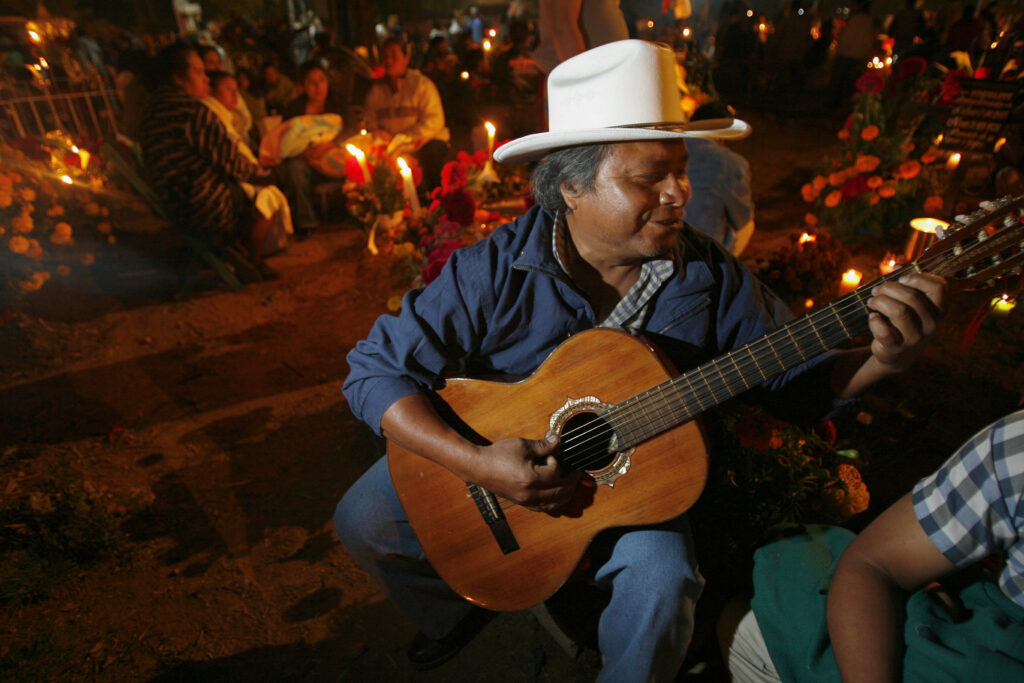
“How interesting that you have a child eating a sugar skull,” Beltrán said. “So literally, a child eating death.”
Photojournalism professor Abel Uribe said death is an integral part of Día de los Muertos and Mexican culture. He said this emphasis on death is a distinction between the traditional nature of the holiday and the American understanding of it.
“It’s not for everyone,” Uribe said. “The idea that you’re celebrating death is very un-American. We don’t like to talk about death in this country, but in Mexico I think you embrace it because they recognize that life is a cycle. Just like you’re born, you’re going to die.”
Uribe, who moved to Chicago’s Little Village from Jalisco, Mexico at age 11, said he decided to reconnect with his Mexican heritage upon reaching adulthood, learning to “embrace the best of both cultures.”
Although he said he doesn’t celebrate Día de los Muertos in the “traditional” way, the Mexican understanding of death is one part of the culture he embraces.
He recalled taking photos on Día de los Muertos at a graveyard celebration in Oaxaca, a Mexican state known for its dedication to the holiday’s “ritualistic devotion,” according to Uribe.
“We found ourselves in a whole different world,” Uribe said. “I mean, who goes to a cemetery and parties? They’re drinking, they’re cooking — they’re sitting in their loved ones’ stones.”
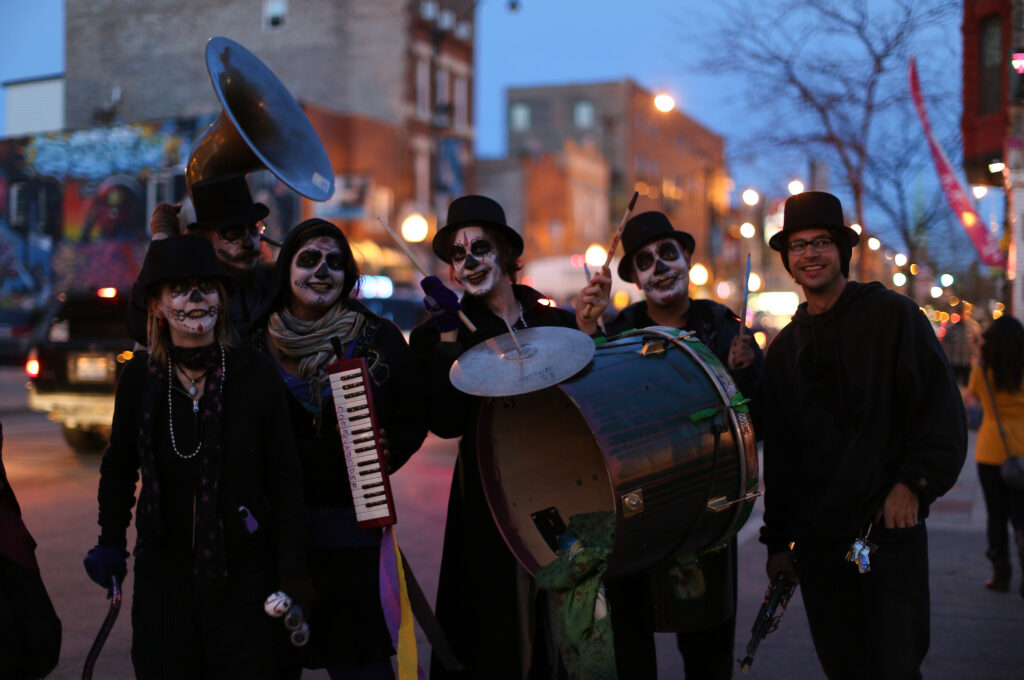
Fourth-year environmental policy major Jorge Haddad, who grew up in Mexico city before moving to Chicago in 2021, said witnessing the celebration of those around him helped him understand the beauty of the holiday.
Although Haddad didn’t grow up celebrating Día de los Muertos, as his personal traditions reflected his Lebanese heritage, he said his exposure to Día de los Muertos celebrations in Mexico have helped him characterize his Mexican heritage in relation to his other cultural ties.
“The times I’ve been to parties and the conversations I’ve had with my teachers about Día de los Muertos really made me understand why it was such a cool concept, and a beautiful idea, that maybe is lost in other cultures and other countries in which people are scared of death,” Haddad said.
The balance between cultural immersion and personal remembrance is apparent to anthropology professor Ruth Gomberg-Muñoz, who works with migrant families in Chicago and Mexico City.
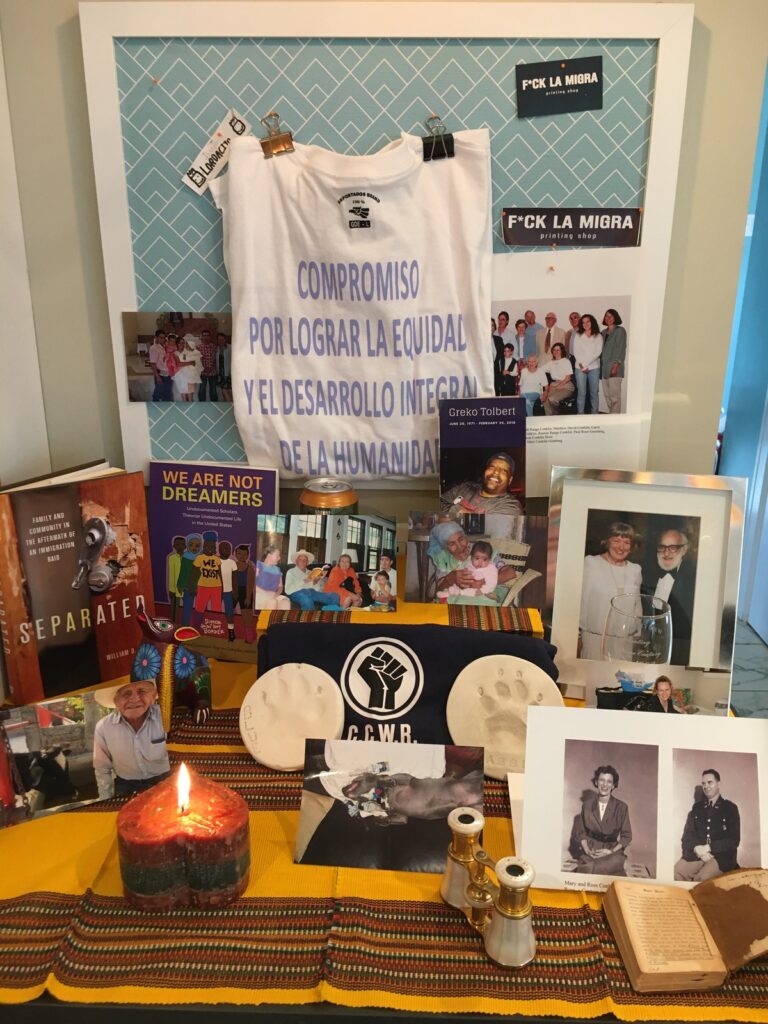
A native of Chicago’s South Side, Gomberg-Muñoz said she has embraced the tradition of Día de los Muertos. Although she isn’t Mexican, she said she began celebrating when she became the parent of a Mexican child but has since developed a personal attachment to the holiday.
Describing her altar as a “hybrid cultural mix,” Gomberg-Muñoz includes traditional pictures of deceased family members as well as political works which have inspired her over the course of the year.
Although Gomberg-Muñoz said she never celebrated Día de los Muertos in Mexico despite her frequent travels there, she recalled creating an ofrenda with Otros Dreams en Accion, an organization in Mexico City dedicated to helping people who have been deported from the United States.
She said the organization’s ofrenda honored José Martin Delgado, who died in 2019 after being deported to Mexico City. Delgado, who had diabetes, was removed from the U.S. despite having renal failure and died due to a lack of access to healthcare in Mexico City, according to Gomberg-Muñoz. For her, this tribute to Delgado was a way to use the tradition of Día de los Muertos to “call attention to the violence of deportation.”
This malleable, personalized understanding of Día de los Muertos is a core characteristic of the holiday in modernity for Garcia-Chávez.
“It’ll keep changing,” Garcia-Chávez said. “This conversation 15, 16, 18 years from now will probably also speak about change and adaptation and how cultures rub against each other.”
Featured image courtesy of Abel Uribe




